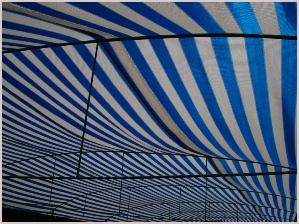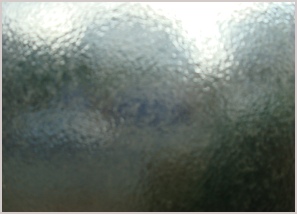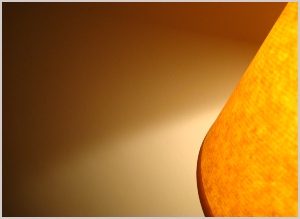Another Timbre TimHarrisonbre
2005/1
Julia Eckhardt
“The task seemed simple, though challenging in a way: to make a version of Manfred Werder's Stück 2005/1, a piece which I have performed a couple of times, but always in a live and acoustic context, and always together with the composer. Usually Manfred Werder's scores are more a ground for discussion than a clear instruction as to what should be done by the interpreter. And usually the question of whether the score is 'enough' is part of that discussion. I think that the score itself, even its visual poetics and sparseness, already gives a lot of information, but that fact is easily forgotten, because traditionally a score contains a different kind of information for the musicians. I feel that the way in which composer and interpreter collaborate in Manfred’s work is both good and surprising; the discussions create a bond and make it possible to represent the piece rather than execute it.
However, this project involved a quite different task: to realise the score without any direct dialogue with the composer, and also through the detached means of a recording, abstracted from a real time and place - which immediately generated the question as to whether this is possible or desirable at all. For the first time I actually studied this score in itself, and asked myself: what space, what sound, what time?
Space and time can be represented by sound, but they are also intertwined and can represent each other. In this sense the piece turned out to be very simple, it seemed to ask me to do what I always do.
The materials I had at hand were: the sound of a place in time, as a field recording; by contrast the sound of a non-place, as synthetic or studio-silence; and the acoustic sound of my instrument, with which I have realised this composition before in live contexts.
I experimented with these ingredients, but without producing any acceptable results. It felt like doing sums: place+sound=time, place+time=sound... but the results never communicated this. It became artificial and somehow theatrical, which didn't represent the spirit of the piece at all.
Two elements seemed not to work: through the recording process the acoustic instrumental sound acquired a totally different meaning than it would ‘live’. It fed the theatricality because it wasn’t able to withdraw behind the given situation as it would in a ‘live’ context. And because this was a recording an unavoidable development communicated a narrative, which also didn't fit with the spirit of the piece.
A second discovery was the fact that the word 'sounds' in the score is in parenthesis. I had never really wondered why, but simply assumed that the sounds were to be the material with which place and time could be 'played' or marked. But actually they are a way in which place and time can manifest themselves. And as they are natural forces, they don't need any help from viola-playing creatures. So I decided to leave out the acoustic sound.
So after a long period of reflection and doubt about these apparently simple things, I started making field recordings in my study at home, the place where I most feel the presence of time and place. The only active variation that I used in the recordings was to open and close the windows that are on three sides of the room.
In addition, there are two things that I connect strongly with Manfred Werder's work and personality: the worshipping of the 'normality' of everyday life, and the use of opening and closing windows as musical material.
I used synthetic/studio silence to connect back to the actual time and place in which the listener is hearing the piece, to make him or her conscious of the double situation.
I found producing this recorded realisation difficult because I had to take decisions and responsibility, whereas in a live realisation the situation takes over, and I only need to be present and listen. In that live context anything that happens in the given time frame is good, but this isn’t so in a recording, where I need to constantly ask myself: is this good, is this in the right place, do I like it, will others grasp the message?
To conclude, the piece ought to deal with the here and there, with the now and then. But inevitably at the same time the recording becomes the instrument, taking over from the presence and sound of a performer in a live situation, and this frames the here and now as the essence of this composition.
My realisation is best listened to on speakers, or at least on open headphones.”
Play track duration 9:39


